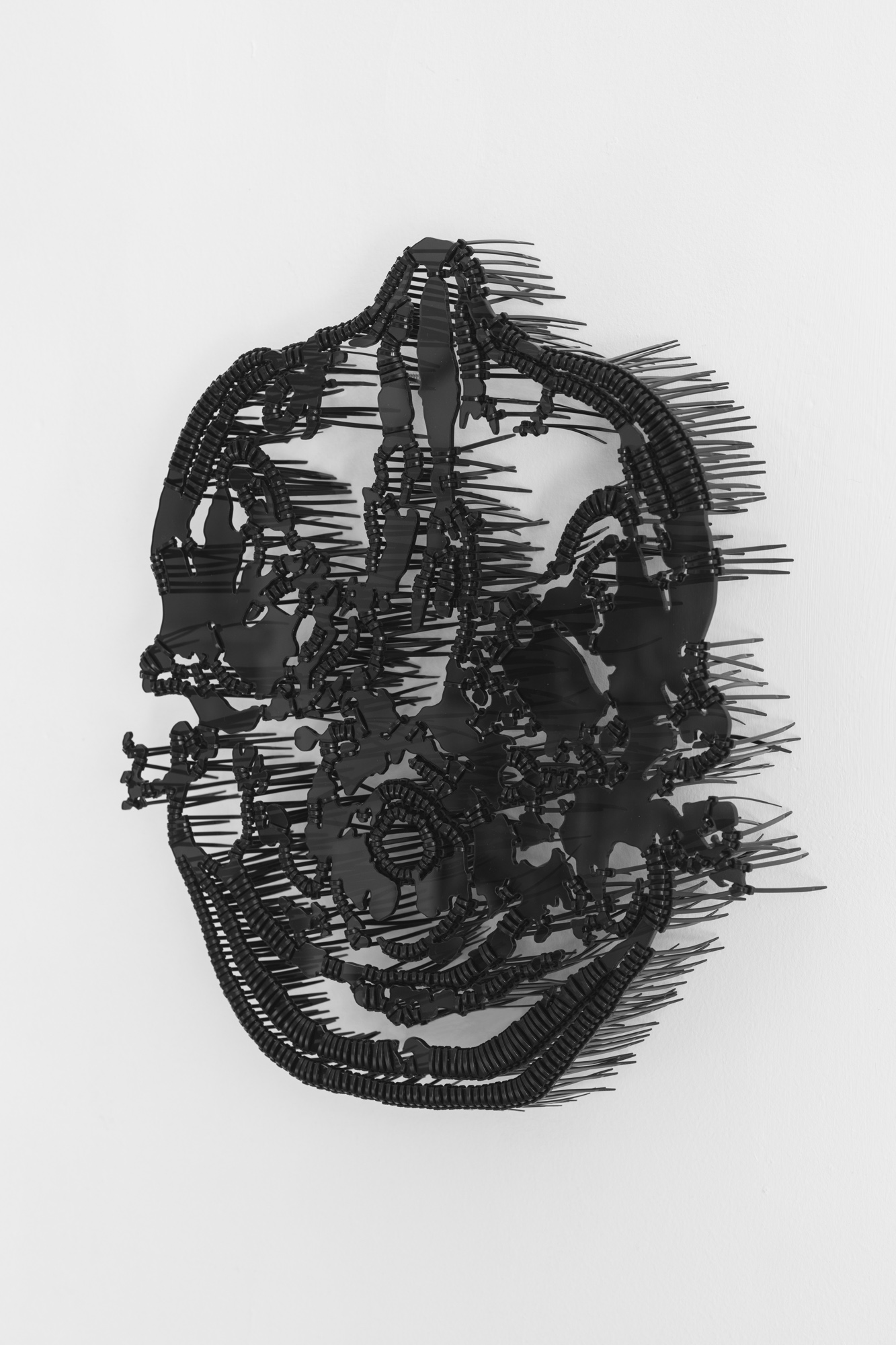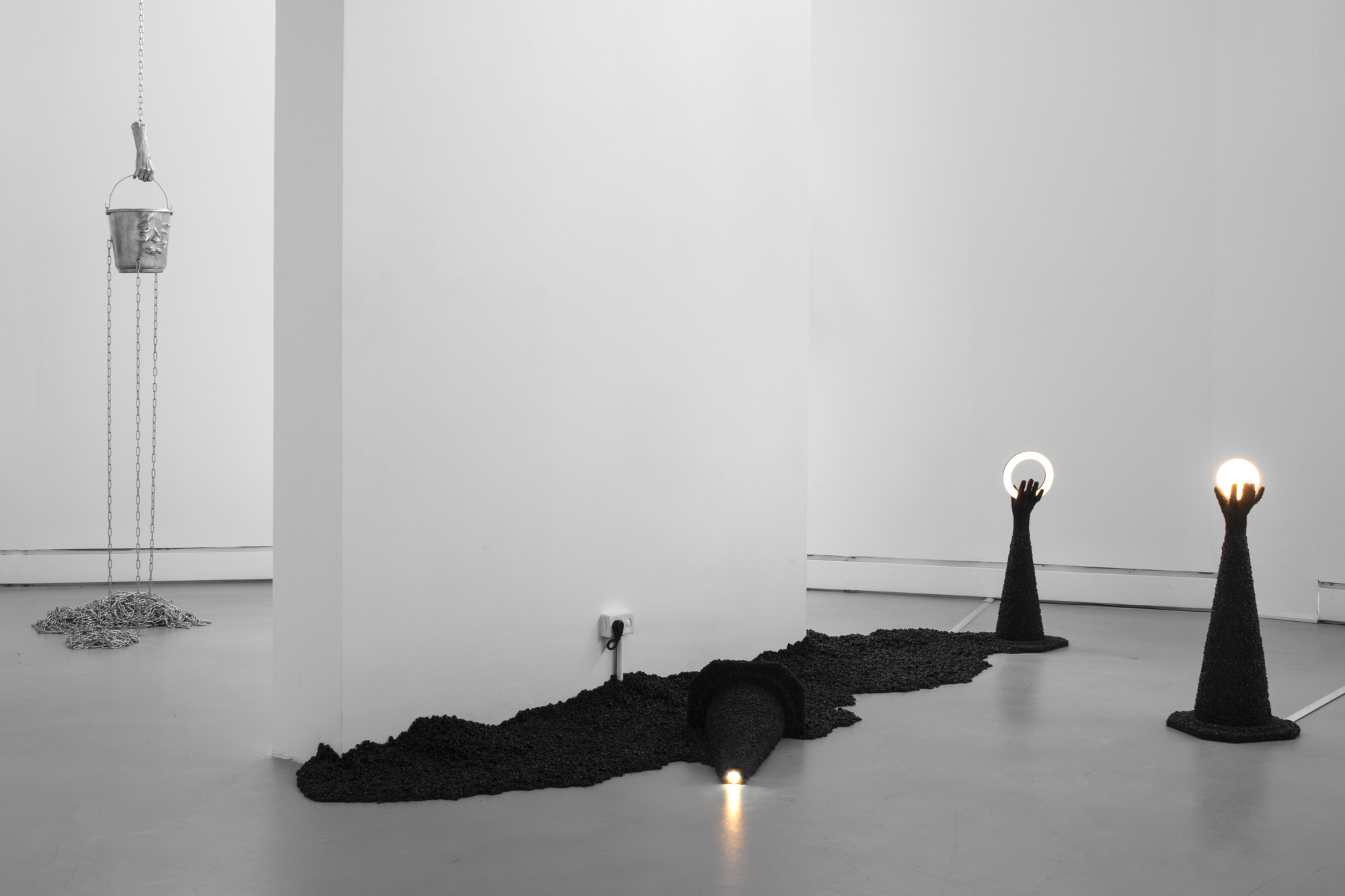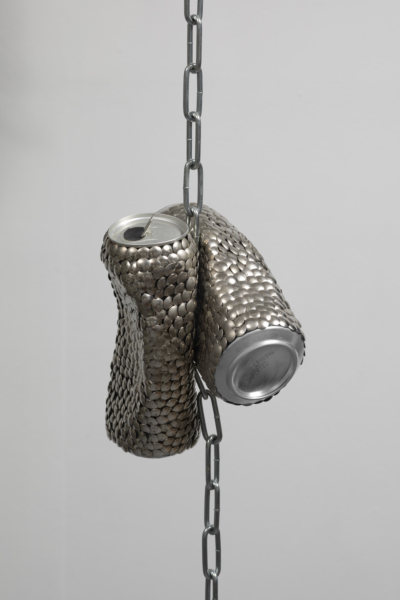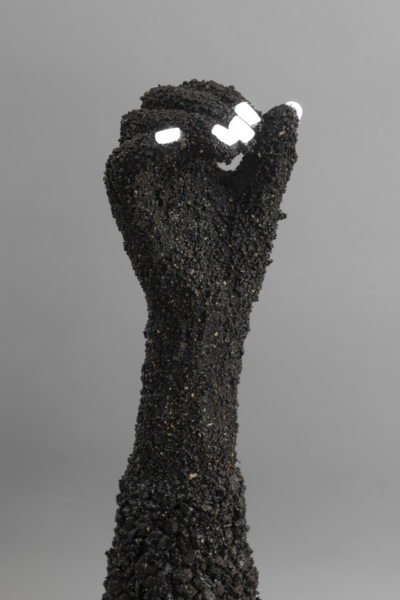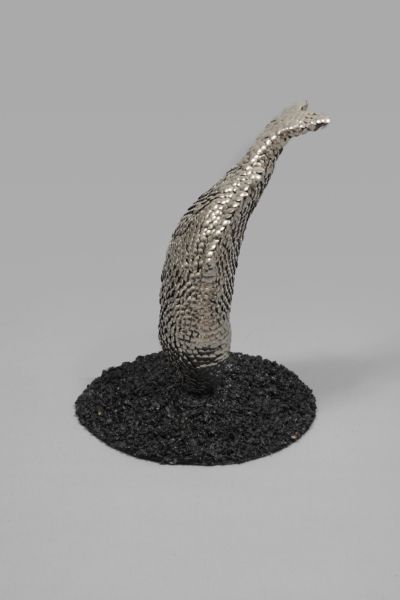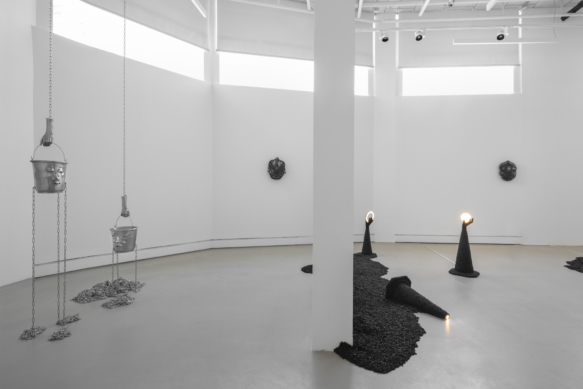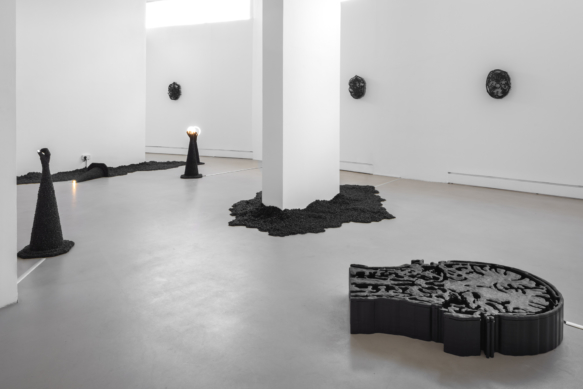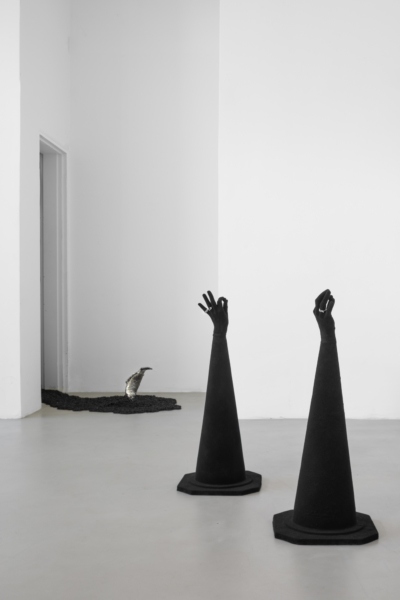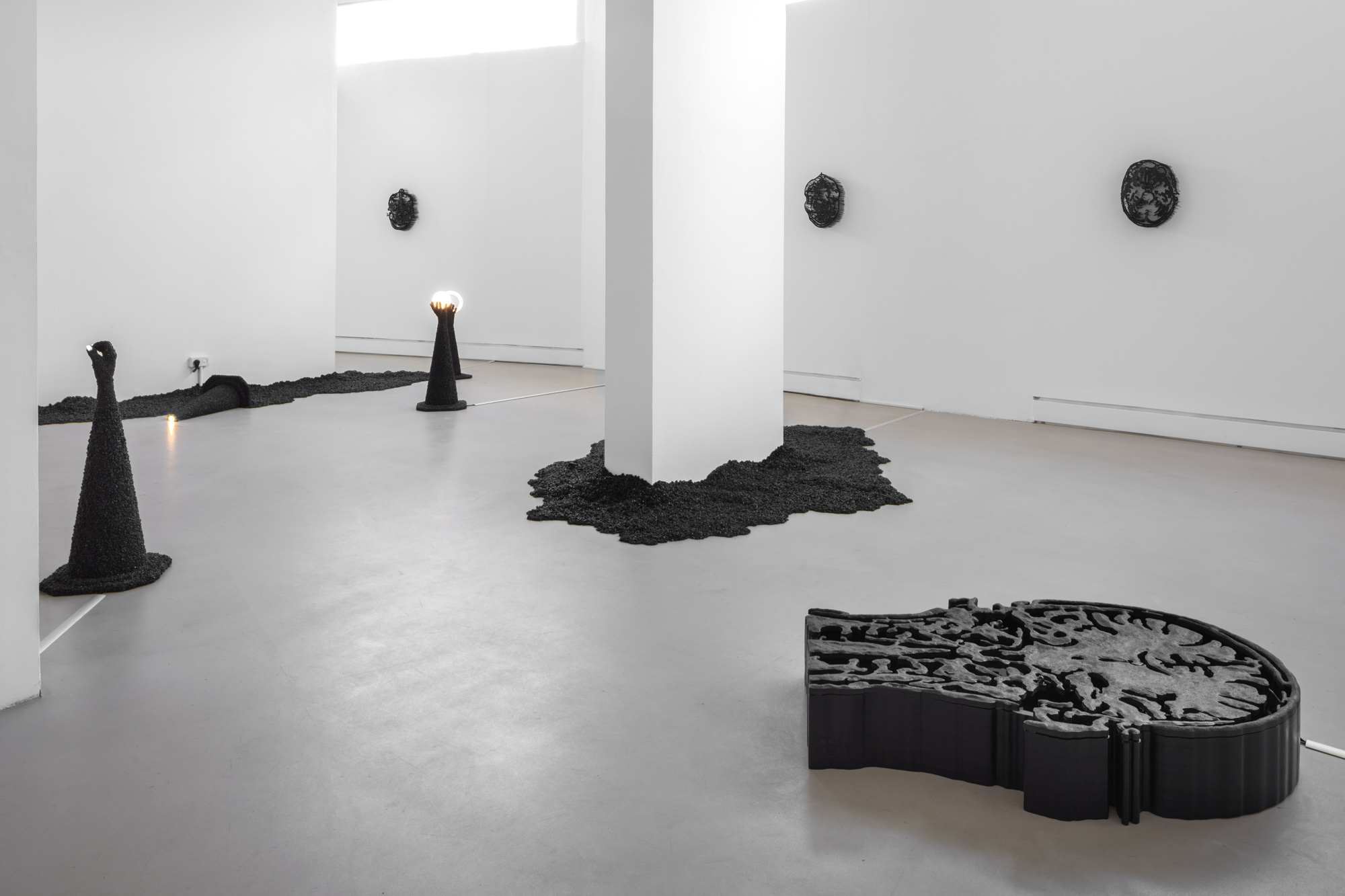A suggestion made by a friend, a brain researcher, led Maayan Shahar to Ichilov Medical Center. She drank a prescribed dose of a drug and wandered the white corridors accompanied by an assistant. She then lay down, was inserted into an MRI scanner, and let the machine linger inside her head. The machine slowly monitored brain tissue, scanned her body vertically and horizontally from the crown of the head to the base of the spine, and ultimately produced a printout: layers of blacks, whites, and grays; scans recounting her brain.
The use of hallucinogenic drugs is prevalent in research exploring different treatment therapies seeking to alter the consciousness. These drugs cause a dissociative experience, leading to a sense of defamiliarization and estrangement from reality, allowing one to observe it anew and gain fresh insights. It is an intuitive perception which differs from the sensory perception we know, one which does not adhere to the sense of self whether physically or in terms of identity. It produces a momentary capsule reality in which the mind’s attention is suspended, opening a window to one’s inner self—a rare experience to which we are unaccustomed as adults, whose comprehension of the present relies on memories, feelings, and past experiences, alongside a desire for a predetermined future experience. It is an opportunity to return to the experience of the child, who is not yet in line with his self-identity, which will dissolve over the years and be replaced by a structured reality.
Through the title of the exhibition, “Dilating in the Dark,” Shahar reminds us of a well-known scientific fact: even if it takes a while, the eyes will eventually adapt to seeing in the dark. It is an invitation to a short-lived dive—until the senses come around and can once again tell the different layers apart, grasp space and depth, notice the intrinsic range of colors, knowing that everything will be back to normal shortly.
In Shahar’s new works, black is revealed in a broad scale of textures and colors. It shimmers amid the asphalt stones, which she has meticulously separated and carefully set in a new order on the traffic cones, as if they were precious gems. It shines through the dozens of cable ties fastened in a sequence to the acrylic glass incisions. Matte black meets glossy black. Bubbling, it is reflected through the spaces in the dark murky water. It is granular and opaque, rising and falling like a topographical map. Looking at the surface, one can envision the fingers that sculpted it. It is rough to the touch, and velvety elsewhere. It is present on a glass marble akin to an expanding pupil, trying to adapt and see again in the dark. It swallows you, and at the same time—makes it possible to surrender.
In the many databases available to us today, the functioning of the brain and the way it affects consciousness are still in the dark. With the help of an algorithm, it is possible to decipher and define our neural networks, their essence, interconnections, and hierarchy, but most of the time the data will be examined according to collective criteria. Little is deduced from data regarding the brain’s shape on the individual’s personality structure or way of thinking. Personal experience is still nonmeasurable.
The desire to comprehend takes Shahar on a journey. But the occult must be approached with realistic eyes: the gallery floor is strewn with warning signs, a cluster of cones stands in the center of the space, asking one to stop, or possibly wishing to guide—scattering beams of light, marking a way that will lead us to safety. The asphalt that has covered them drips back to the floor nearby, embracing the gallery walls, strengthening its grip. The aluminum-cast hands that performed the act now hold onto the face and mind. The links of the chain connecting them fail to opt for one side in the balance between the lobes, pendulating and filling the space with a monotonous sound. The struggle between two buckets hanging from the ceiling is juxtaposed with two suspended soft drink cans held in an embraced. Brain scans are hung at eye level, but allow us to observe consciousness, asking not to be swallowed back into the darkness. The missing parts of the sculpture lying on the floor reveal a vibrating pool of water beneath them, a metallic silverfish diving in head first.
Shahar’s practice includes collecting objects and materials from her immediate surroundings—the house and the street, as well as frequent visits to building supply stores. In the studio she scrutinizes them with external eyes, devoid of a past, altering, wiring, and carrying them to different realms. She re-sculpts the material, using its history, thereby charging it with a new meaning.
In her work spaces, Shahar delves into the unknown each time anew. Distancing and alienation herself from the familiar reality, she dares to drop the terra firma to which she is accustomed and stay put in a shaky terrain. The lack of knowledge here is a blessing; it is a refreshing reservoir of research, possibilities, and questions. Shahar walks confidently into the darkness, into a boundless space. Like a daydreamer, she gropes forward in the dark with her hands, relying on the connection between her brain and her hand to lead her the right way, confident that her eyes will get used to seeing there, too, in complete darkness.
Read More
